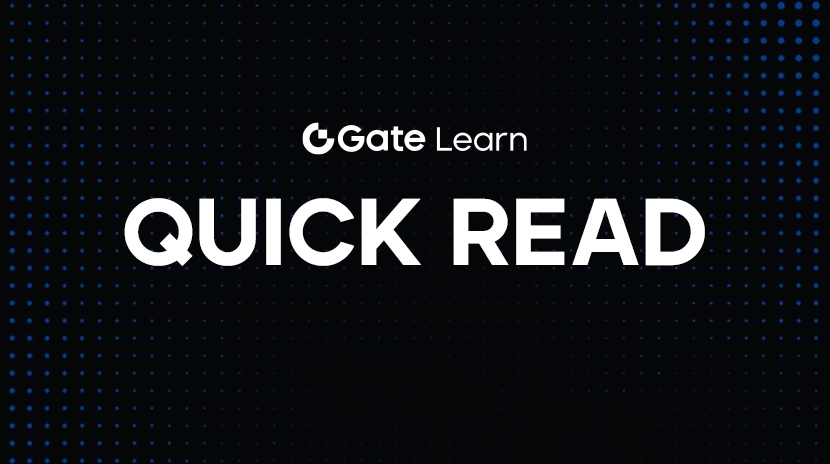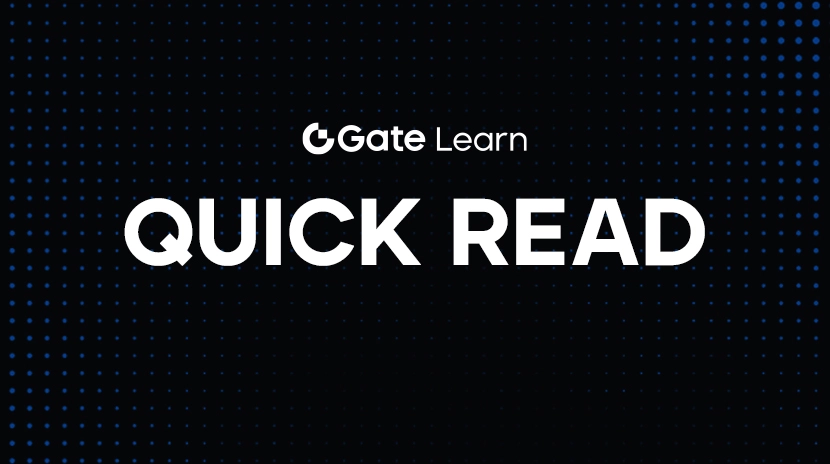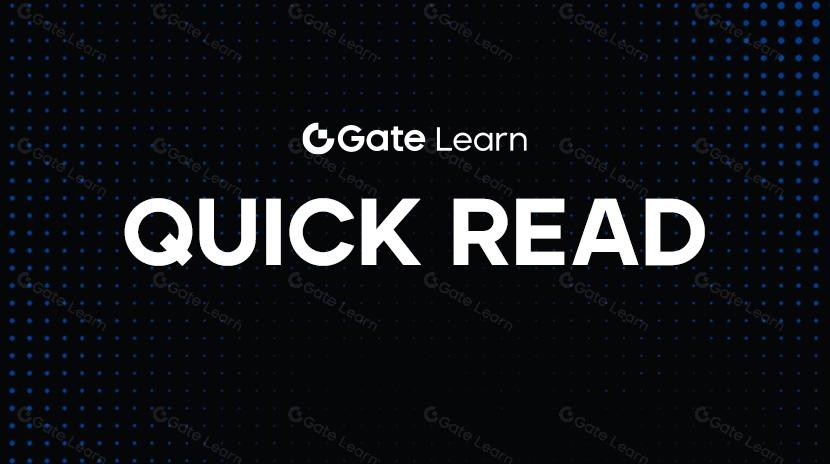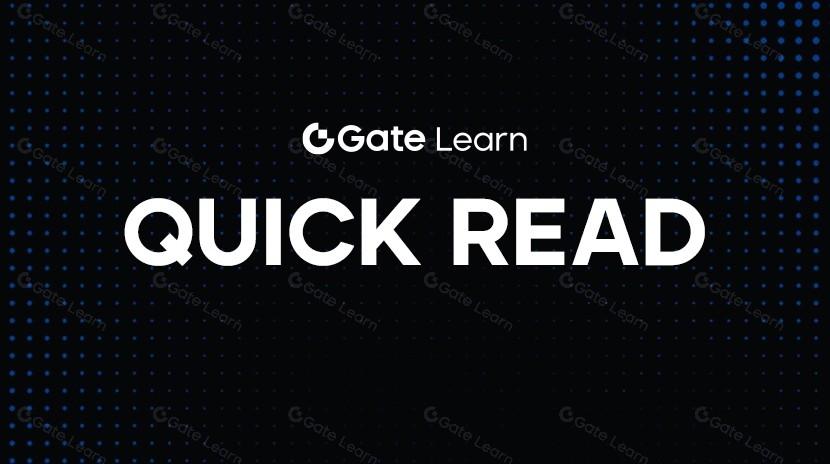Crypto & Blockchain Applications Explained: OpenSea, Axie Infinity, and the NFT Market
The Significance of Blockchain Applications in Crypto
Blockchain’s core value in the crypto space lies in decentralization, immutability, and the verification of digital asset ownership. These features provide reliable transaction and ownership records for NFTs, crypto games, virtual land, among others, giving digital assets real value and liquidity.
NFT Market: OpenSea Sets the Trend for Digital Collectibles

Image: https://opensea.io/
OpenSea is the largest NFT trading platform in the world, enabling users to buy, sell, and auction digital art, collectibles, and digital assets. Blockchain technology prevents alteration of NFT ownership information, allowing buyers and sellers to trade securely. A vast community of artists and collectors has been attracted to this system, positioning NFTs as one of the most compelling real-world applications of blockchain technology.
Blockchain Gaming: Axie Infinity and the Play-to-Earn Model
Axie Infinity is a blockchain game where players earn rewards by collecting, breeding, and battling virtual pets called Axies. The Play-to-Earn model lets players directly convert their time in-game into economic value, establishing true digital asset ownership. This approach has drawn players worldwide and is accelerating blockchain adoption in entertainment and gaming.
Virtual Worlds and the Metaverse: Decentraland and Sandbox
Decentraland and Sandbox provide blockchain-powered virtual worlds where users can buy virtual land, build digital assets, and engage in virtual economies. Blockchain guarantees true ownership of every parcel and item, while supporting decentralized transactions between users. This infrastructure underpins the development of the metaverse economy.
Future Trends: The Digital Asset Ecosystem and Decentralized Finance
As NFTs, blockchain gaming, and virtual worlds continue to develop, a digital asset ecosystem is taking shape, encompassing decentralized finance (DeFi), digital asset lending, and cross-chain transactions. Looking ahead, blockchain applications will extend far beyond cryptocurrency trading, expanding into digital art, gaming economies, virtual real estate, and other sectors, creating new economic models and sources of value for users.
Related Articles

Pi Coin Transaction Guide: How to Transfer to Gate.com

Flare Crypto Explained: What Is Flare Network and Why It Matters in 2025

How to Use a Crypto Whale Tracker: Top Tool Recommendation for 2025 to Follow Whale Moves

2025 BTC Price Prediction: BTC Trend Forecast Based on Technical and Macroeconomic Data

What is N2: An AI-Driven Layer 2 Solution
